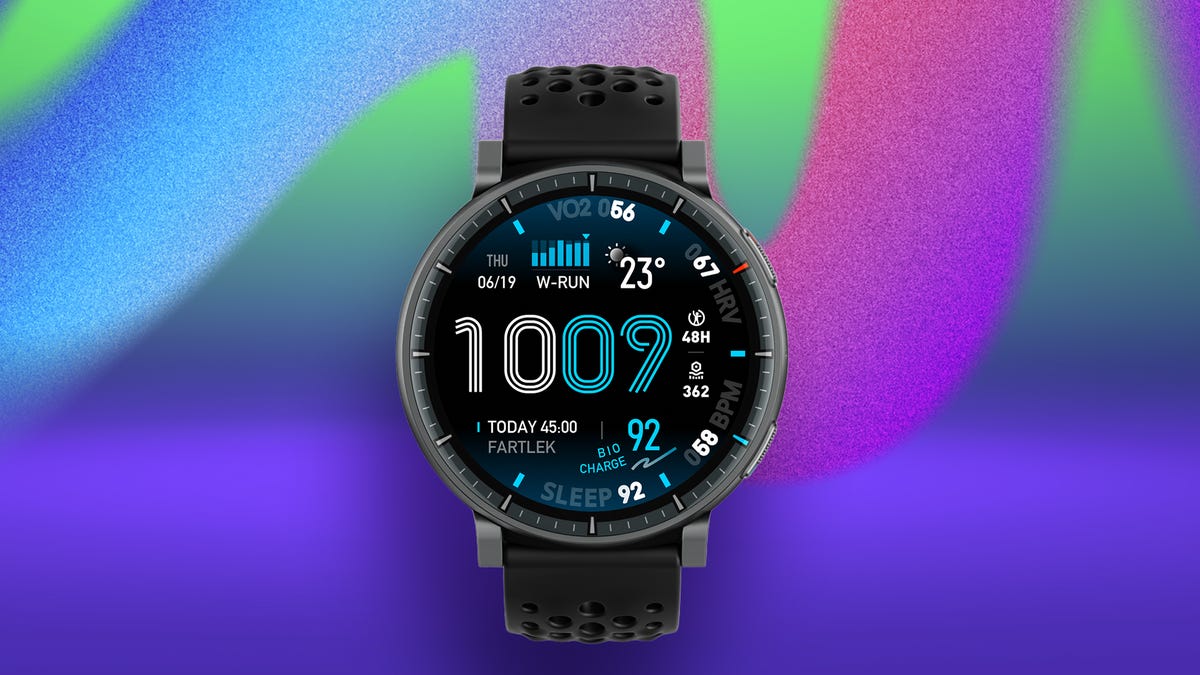Poco has announced it will unveil the Poco M8 in India on January 8 at 12 PM local time.
The company said that the Poco M8 is “built for a new generation of users who seek performance with standout aesthetic,” and it will bring a fresh…

Poco has announced it will unveil the Poco M8 in India on January 8 at 12 PM local time.
The company said that the Poco M8 is “built for a new generation of users who seek performance with standout aesthetic,” and it will bring a fresh…

Stelios Bekyras, Commercial Manager of Air Arabia in Greece, and Nuket Angin, Area Manager for Eastern Europe, during the airline’s Christmas and Awards ceremony in Athens. Photo © Greek Travel Pages (GTP)
Air Arabia highlighted its growing...

Gestational diabetes rose every single year in the U.S. from 2016 through 2024, according to a new Northwestern Medicine analysis of more than 12 million U.S. births. The condition, which raises health risks for both mother and…

Amazfit is supercharging its sports watch lineup with the Active Max, a new smartwatch that promises nearly a month of battery life and sports-watch level fitness chops. Launched ahead of CES 2026 as part of the wave of Consumer Electronics Show…

As 2025 comes to a close, we’re revisiting interviews with this year’s nominees and winners of some of the biggest prizes in literature. Karen Russell’s…

QUICK FACTS
Where is it? Los Glaciares National Park, Argentina [-50.469690266, -73.03391046]
What’s in the photo? The point where a non-retreating glacier, a turquoise lake and a murky river meet
Who took the photo? An unnamed astronaut onboard…

Prince Harry and Meghan Markle crushed any more oncoming commentary regarding their latest staff exit as they released a statement clarifying the…

The Kogilu Layout…

The Mean Green (9-4) and Tigers (5-7) are scheduled to tip off at 3 p.m. CT from the FedExForum in…